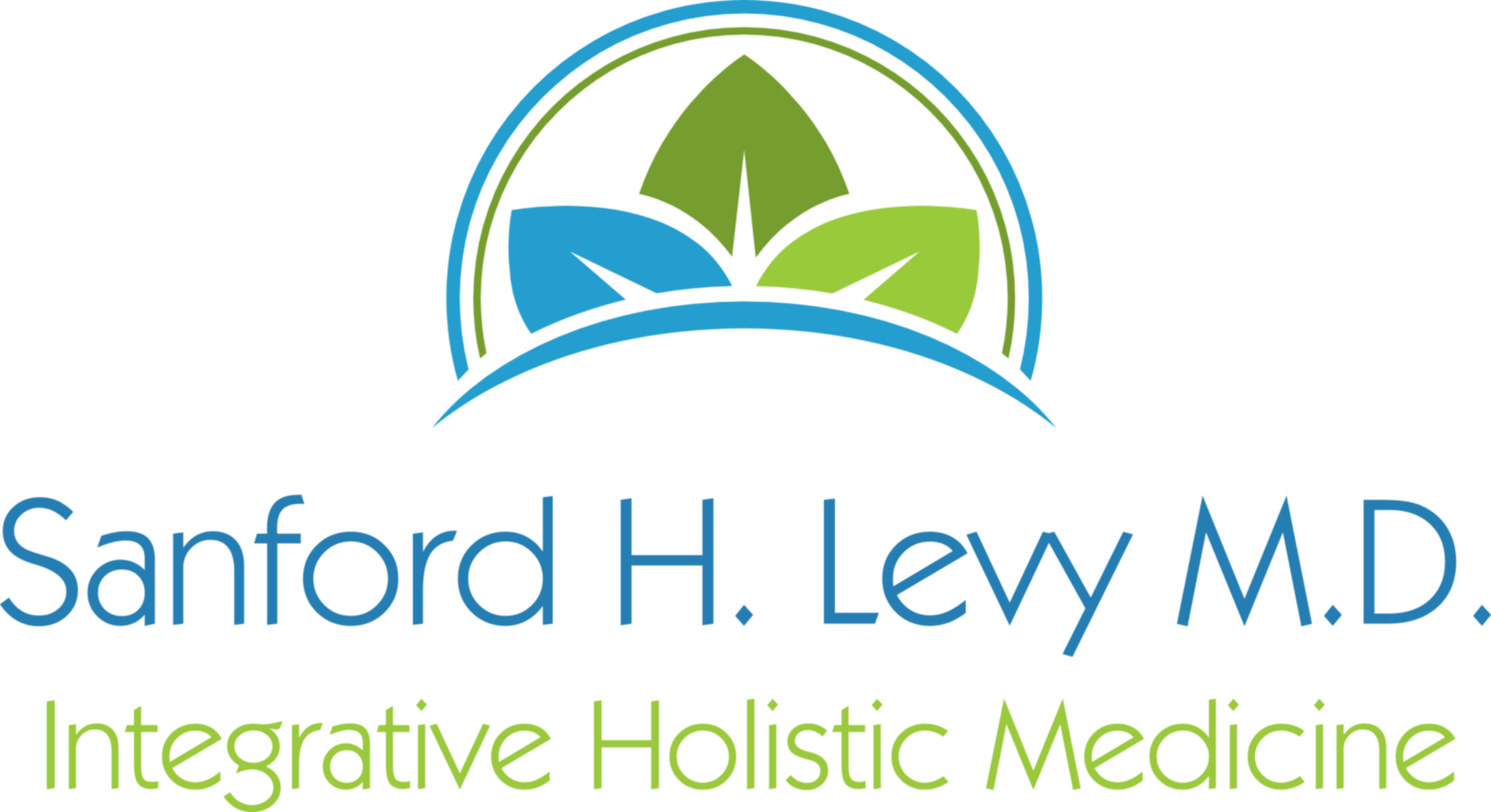Holistic Medicine & Treatment Options in Buffalo
Holistic medicine may be defined as "the art and science of healing which addresses the whole person - body, mind and spirit” (rather than focusing only on a specific symptom or ailment). Holistic practitioners appreciate the interconnectedness of the mind, body, and spirit, and strive to promote balance and wholeness within the individual. One of the key benefits of our holistic treatment in Buffalo NY is its focus on treating the root cause of health issues, rather than just treating symptoms.
The fundamental goals of holistic medicine are to (1) promote healing, to facilitate achieving optimal health and quality of life, (2) prevent disease by promoting healthy lifestyle choices, and (3) utilize the safest, gentlest and least invasive measures as initial treatment for chronic conditions, relying upon conventional medicine (surgery, prescription medications, hospitalization) for treatment of life-threatening and potentially life-threatening conditions.
The practice of holistic medicine incorporates the following:
Pain as the lesson, not the enemy.
Happiness as the primary objective.
Death as an inevitable and essential stage of the healing process.
Focus on healing one’s life rather than fixing the parts.
Physician as healer and teacher rather than repairman.
The essential 8 for optimal health - air and breathing, water and moisture, food and supplements, exercise and rest, play/passion/purpose, gratitude/prayer/meditation, intimacy and connection, forgiveness.
A key aspect of holistic medicine is recognition that complementary modalities of treatment may be preferable to, or an alternative to conventional treatment. Brief narrative descriptions of popular complementary modalities of treatment are just below; more detailed information is at https://www.drlevyhealthinfo.com/complementary-modalities.
Complementary modalities of treatment are categorized as follows (recognizing that many complementary treatment modalities, such as emotional freedom technique, shiatsu, and yoga do not fall neatly into a single category):
Those which predominantly address structural imbalances in the body (Alexander technique, chiropractic, Feldenkrais, massage therapy, osteopathic manipulation, Pilates, physical therapy, Rolfing, Trager approach).
Those which predominantly focus on maintaining or restoring biochemical balance (aromatherapy, chelation therapy, dietary supplements, environmental medicine, herbal medicine).
Those that predominantly seek to restore mental and emotional balance at a physiological level (biofeedback, EMDR, emotional freedom technique, guided imagery, hypnotherapy, meditation, music therapy, yoga).
Those that predominantly address the energetic levels of the body (acupuncture, alpha stim devices, Bach flower essences, craniosacral therapy, energy psychology, healing touch, homeopathy, kinesiology, magnets, photobiomodulation, polarity therapy, pulsed electromagnetic frequency devices, qigong, reflexology, reiki, shiatsu, tai chi, therapeutic touch).
Complete systems (Ayurvedic medicine, naturopathy, Traditional Chinese Medicine).
Acupuncture involves the insertion of thin needles into specific points on the body to promote the flow of energy, or qi. Acupuncture may be used to treat pain, stress, and a variety of other health conditions. Many acupuncturists are MDs, DO's, and/or NDs; others have completed a certification program.
Aromatherapy is the treatment of ailments with essential oils from plants or flowers. The oils are inhaled or massaged into the skin. Aromatherapy promotes relaxation and may be used to treat anxiety or migraines.
Biofeedback is descriptively defined as "A dynamic combination of learning processes and procedures in which the patient and the therapist receive objective information about the immediate status of a physiologic parameter (i.e. bodily process)." Biofeedback may be beneficial in the treatment of anxiety, attention deficit disorder, chronic pain, insomnia, and tension headache pain.
Chiropractic care focuses on the musculoskeletal system and its impact on overall health. Chiropractors use spinal adjustments and other techniques to improve spinal alignment and nerve function, which can help alleviate pain and improve mobility. Chiropractic care is commonly used to treat back pain, neck pain, and headaches.
Homeopathy is based on the premise that symptoms can be eliminated, and disease can be cured if the patient takes infinitesimal amounts of substances that, in larger amounts, would produce the same symptoms. This is based on the concept that symptoms represent the body's effort to heal itself; the infinitesimal dose of homeopathic remedy stimulates the body to heal itself. Homeopathic remedies are derived from plants, animals, and minerals; the remedies are serially diluted using a method of vigorous shaking and tapping called succussion. Homeopathy is theorized to eliminate symptoms and treat chronic conditions by triggering changes at an energetic level, to restore balance and wholeness. Homeopathy may be beneficial in the treatment of a wide variety of symptoms and conditions; there is published evidence to support effectiveness in the treatment of allergic asthma, diarrhea in children, and influenza, amongst other conditions. Of note, the principles of homeopathic treatment are quite different from the principles of treatment with herbs. Some homeopaths are MDs, DO's, and/or NDs; others have completed a certification program.
Massage therapy is the manipulation of soft tissues for therapeutic purposes. Massage therapists use a variety of techniques (stroking, kneading, tapping, friction, and range of motion stretches) to improve blood circulation and lymphatic flow, flush out metabolic toxins, improve muscle, connective tissue, and joint flexibility, and soothe the nervous system. Massage therapy can promote relaxation, reduce stress, and relieve muscle tension.
Tai chi is a Chinese martial art that combines deep breathing and relaxation with slow, gentle, graceful movements. Tai Chi is designed to develop and balance Qi or biofield energy. Published studies report benefits of tai chi in prevention of falls, promotion of weight loss, and treatment of depression, fibromyalgia, hypertension, osteoarthritis, and Parkinson disease, amongst other conditions.
Composed March 17, 2024
Page Updated: March 17, 2024
